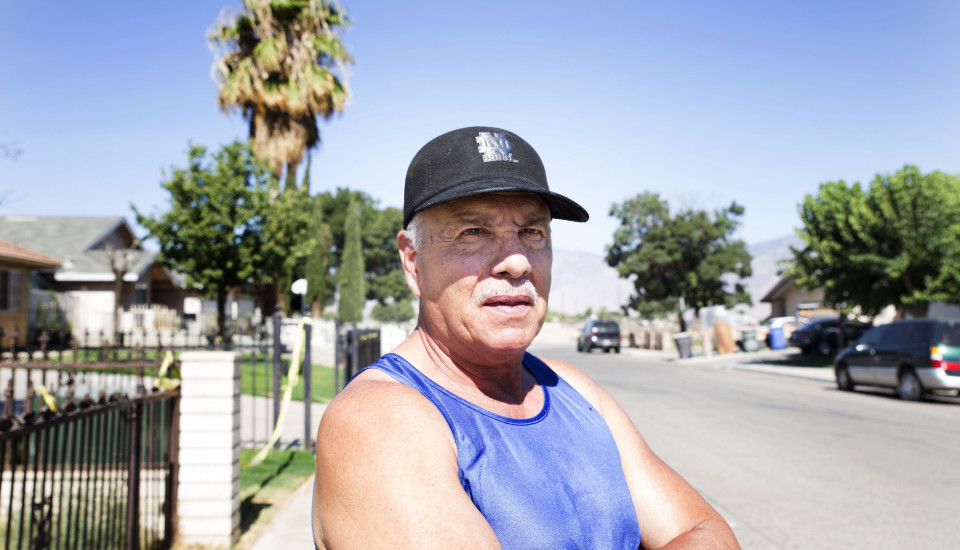Think about the number of people who live in Los Angeles. Then add the population of San Francisco, times two. Combined, you should get a rough number of about 5.4 million.
That’s the number of people that live within a mile of one (or more) of the 84,000 oil and gas wells in the state of California. Due to the advent of new technologies that are driving predictions of the next oil boom in the state — such as fracking and acidizing — this number is set to grow. (Production in California rose by 7% last year to 199.6 billion barrels – the first increase since the 1980’s.)
What is disconcerting about this is that fracking and acidizing are known to cause a slough of health impacts. Mounting evidence shows study after study around the U.S. of water contamination, air pollution, increased seismic activity, and health problems ranging from asthma, to birth defects, to cancer.
So, are you one of the 5.4 million? And if not, then who is? A report released by NRDC this week looked at the 5.4 million who live next to an oil well and at the nearly 2 million who live in areas already overburdened by pollution in California.
92% of these residents are people of color
After crunching the numbers, they found that 92% of these residents are people of color. Of that 92%, 69% are Hispanic/Latino, 11% are Asian, 10% are African American, and 2% are classified as Other (according to census categories). On the other end of the spectrum, they found that Whites are the largest racial/ethnic group without oil and gas wells and with lower levels of pollution.
These numbers are revealing — if only to see who has a bigger slice of the pie (and a pretty toxic pie at that). But what can be even more telling — and more heart-wrenching — is the story behind those numbers.
I’ve spent a good deal of time traversing the state — camera in hand — to figure out who is at risk and who has a well in their backyard. I want to know how our fossil fuel craving is driving the oil and gas industry to new limits, new extremes. I want to know what these extremes mean to the health of us humans and the health of our planet (which are two categories that are not mutually exclusive).
I’ve met Kiari Martin, an 11-year-old who lives next to the Murphy Oil site in Los Angeles and was diagnosed from Hodgkin’s Lymphoma at age 8. I’ve met Walt Desatoff who had to move away from his home that was across the street from the North Shafter Oil field in Kern County. I’ve met Francisco Gonzales who was not evacuated from his home after a dangerous build-up of toxic gases was discovered in homes across the street (which were evacuated). When I met him, he was suffering from daily nosebleeds.
These are just a few of the 5.4 million. These are the people at risk if fracking and similar techniques continue to expand, unabated by law. Until measures are taken to remove these risks, the NRDC report says, “communities already overburdened will remain in harm’s way.”
Tell others about this
Faces of Fracking is a multimedia project telling the stories of people on the front lines of fracking in California.
